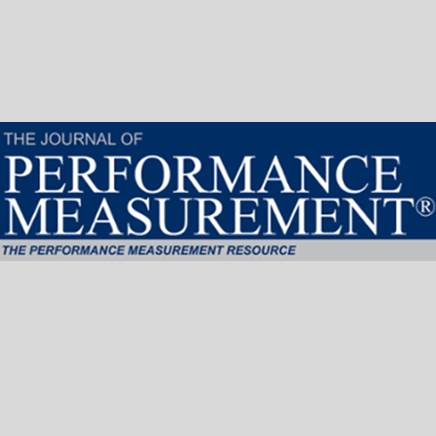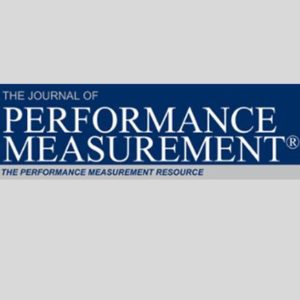Creating and Managing Custom Benchmarks – A Practitioner’s Guide
$25
Performance measurement and performance attribution are critical elements of the portfolio management process. The measurement activity evaluates the absolute level of return and determines the amount of excess return generated by the active investment process. The attribution activity identifies both the sources of absolute return, and the sources of excess return, or alpha. These activities help to confirm that the investment manager is delivering the appropriate types and levels of risk, and that the return is at least equal to (and hopefully higher than) its passive alternative. The success of both performance measurement and performance depends on the identification and use of an appropriate benchmark. Without a benchmark that matches the investment strategy, all measures of relative performance are invalid, and any results would be misleading or incorrect. In this article, the author identifies the specific problems with the benchmarks, addressing both the theoretical and practical issues. Finally, the author demonstrates how to evaluate the success of the custom-designed benchmark and test it against an actual portfolio.
Author: Stephen Campisi
Performance measurement and performance attribution are critical elements of the portfolio management process. The measurement activity evaluates the absolute level of return and determines the amount of excess return generated by the active investment process. The attribution activity identifies both the sources of absolute return, and the sources of excess return, or alpha. These activities help to confirm that the investment manager is delivering the appropriate types and levels of risk, and that the return is at least equal to (and hopefully higher than) its passive alternative. The success of both performance measurement and performance depends on the identification and use of an appropriate benchmark. Without a benchmark that matches the investment strategy, all measures of relative performance are invalid, and any results would be misleading or incorrect. In this article, the author identifies the specific problems with the benchmarks, addressing both the theoretical and practical issues. Finally, the author demonstrates how to evaluate the success of the custom-designed benchmark and test it against an actual portfolio.



